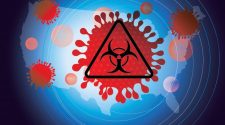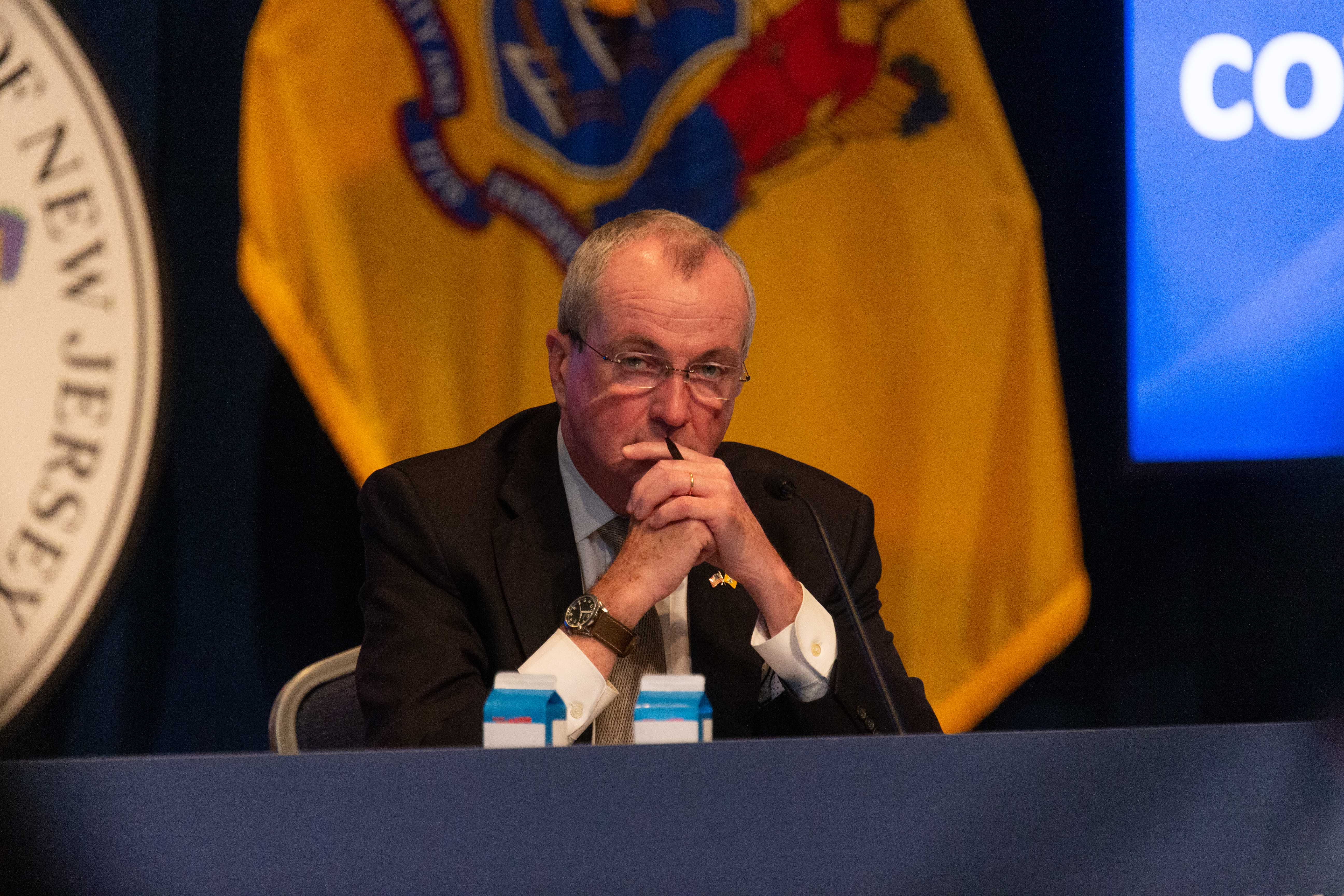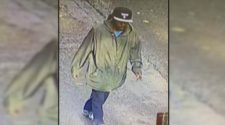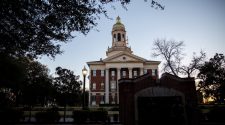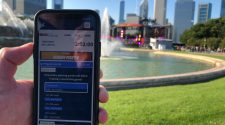Over the weekend, Gov. Phil Murphy extended the state’s public health emergency for another 30 days.
The Saturday move came on the same day that New Jersey’s daily count of new COVID-19 cases pushed near 2,000—the highest daily count since the spring. It marks the eighth such extension of the public health emergency, which has to be renewed every 30 days under state law.
The state of emergency, under New Jersey law, stays in effect indefinitely.
The state logged 1,139 new cases on Oct. 23 and 1,140 new cases on Oct. 25—more than double numbers seen over the summer. They surged to 1,994 new positive cases on Oct. 24.
Gov. Phil Murphy speaks at Flounder Brewing Co. in Hillsborough on Oct. 13, 2020. – DANIEL J. MUNOZ
“Today’s new COVID-19 case count marks our highest daily figure since May,” Murphy said on Saturday while in self-quarantine following exposure to a senior staff member who tested positive for COVID-19. He and First Lady Tammy Murphy tested negative on Saturday, and are slated to receive another test Monday.
“As we face a steep increase in cases, it could not be more important to ensure we have access to all available resources,” the governor said.
Hospitalizations in New Jersey have doubled in the past month, hovering at close to 900 total hospitalizations for the past straight week.
The public health declaration applies to a myriad of restrictions on businesses and public gatherings that were enacted in March to halt the spread of the virus, but which were gradually loosened over the summer as cases of the virus dropped. Those orders keep retail, malls, gyms, theaters and casinos operating at reduced capacity, require people to wear masks in crowded places, limit most sit-down dining to outdoors, and clamp down on crowd sizes.
With colder weather upon the state rendering outdoor dining arrangements useless, Murphy frequently hinted during October that he would further roll back restrictions on indoor dining capacity, but pulled back on those comments amid the mounting number of new cases, which are hitting more than 1,000 daily positive tests.
The governor and other state health officials attribute these recent spikes to an increase in indoor gatherings, as the cold weather forces many New Jerseyans indoors.
Mask usage and social distancing are poorly followed in these settings, providing a smorgasbord of new hosts where the virus can spread, state health officials warned.
Most of the hospitalizations and new cases are centered in North Jersey, which was ground zero for the state’s outbreaks in March and April during the first wave of outbreaks.
Towns with a major university presence – such as West Long Branch, which houses Monmouth University, and New Brunswick, the home of one of Rutgers University’s campuses – were among initial hotspots this fall. Lakewood Township in Ocean County was also a nexus of COVID-19 cases following the Jewish High Holy Days in late September.
But that has become less the case, with Ocean County logging just 53 of the new cases on Sunday.
Essex County logged the most cases with 155 new positive results, followed by Hudson County with 138 cases, Bergen County with 113 new cases, Union with 109 new cases and Middlesex County with 85 new cases.


